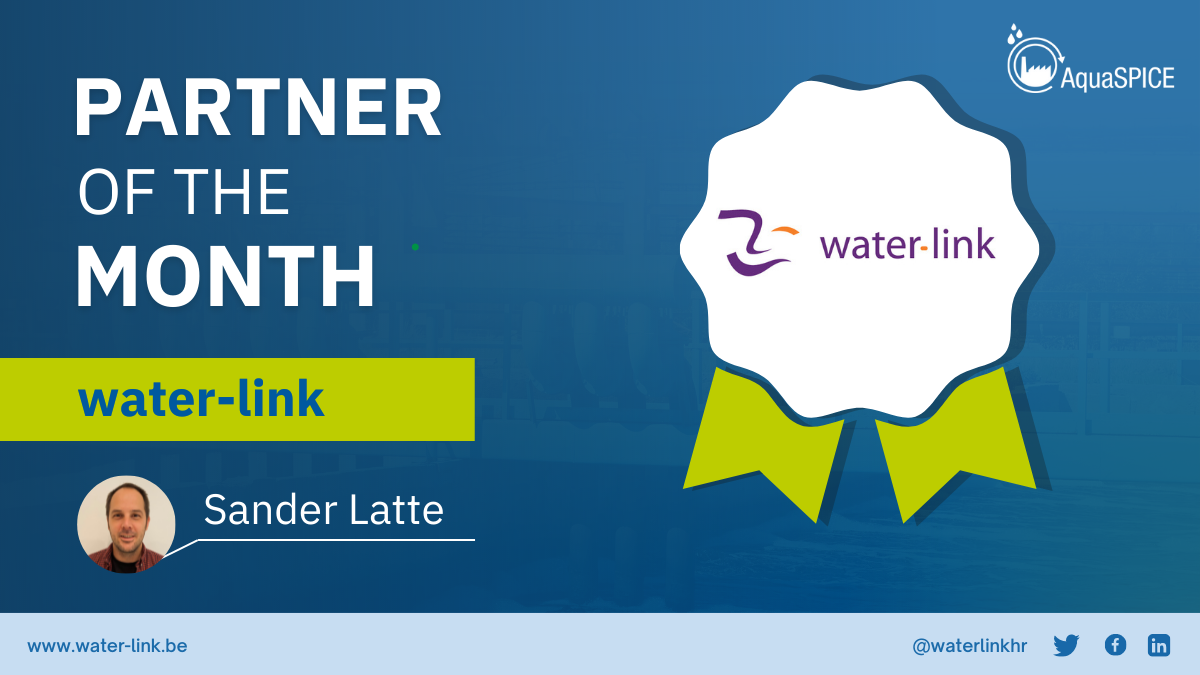Can you tell us about your role in the AquaSPICE project?
We are trying to build a hydraulic model of the Albert canal and the harbour of Antwerp. The model will be based on live data coming from a sensor network spread across this area. My role was to install and maintain the sensor network with my team. Knowing that the summer period in this project provides the most relevant data due to a possible drought, we had to organize the installation at a tight pace. With some good teamwork we managed to install the 45 monitoring installations by mid-June. With this, a first and important phase has been completed.
What do you consider as important water management challenges in the industrial sector?
Although the last decades a lot of progress has been made, there still remains a large potential to optimize water management in the industrial sector. Water management however is a complex endeavour with various elements to consider. Unfortunately, no “One size fits all” is available. Fit for purpose solutions must be identified where the local water supply, the required water quality and quantity, the potential for water reuse, ecological impact of purification, cost and security of supply are all elements that must be taken into account. One of the main challenges for water management in the industrial sector is thus to balance all these elements to ensure a positive evolution towards a sustainable and affordable water system.
What do you think are the main benefits the project brings forward and in which areas are you expecting AquaSPICE to have an impact?
For water-link, Aquaspice will result in an additional method of monitoring the quality and quantity of the Albert canal, our raw water source. The sensor grid measures, among other things, conductivity and thus detects salt intrusion in the canal. This salt intrusion is a direct result of pumping activities during extreme droughts to keep the canal in operation for its different users. By actively monitoring the salt intrusion, water-link will be able to make more data-driven decisions on the use of the canal water and our strategic reserves for our water production activities. Already this summer the sensor grid showed its added value in the aftermath of the floods in Wallonia in July. Flood water made its way in the Albert canal resulting in a drop in conductivity. This drop was detectable by the sensor grid allowing water-link to take additional measurements to ascertain the suitability for potable water production of this flood water.
As a more general expectation towards the AquaSPICE project, we believe project partners will gain new insights on how to reduce, recover and recycle water. Using the insights gained, concrete steps can be taken towards a more sustainable water management.

